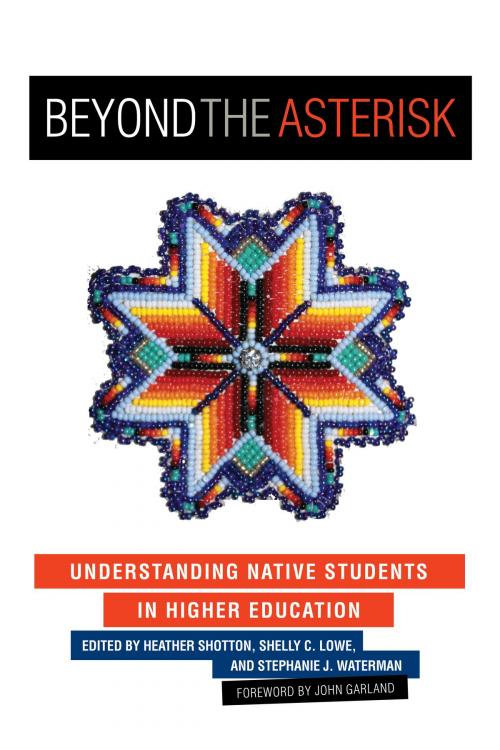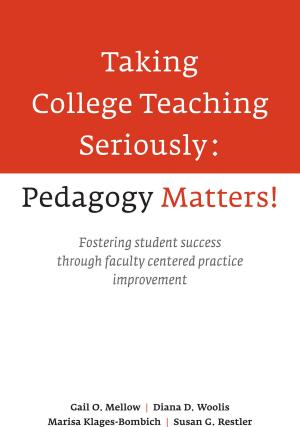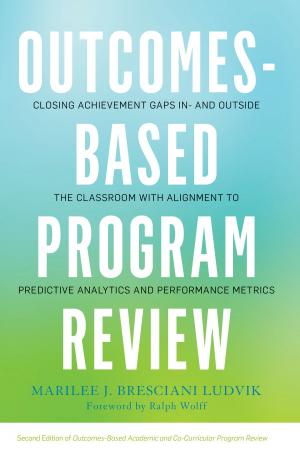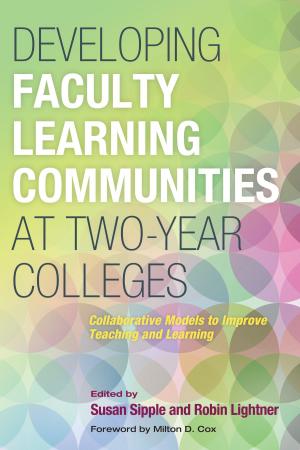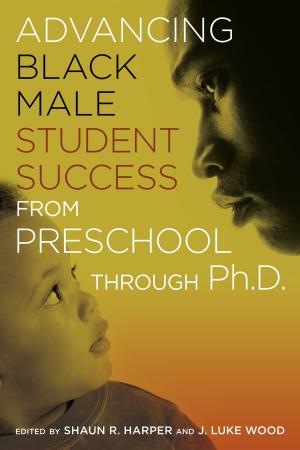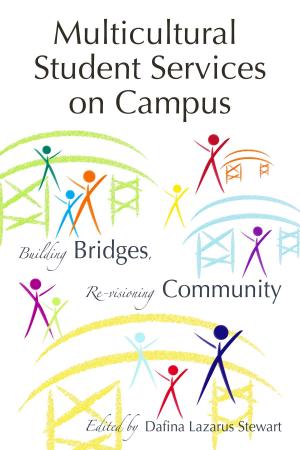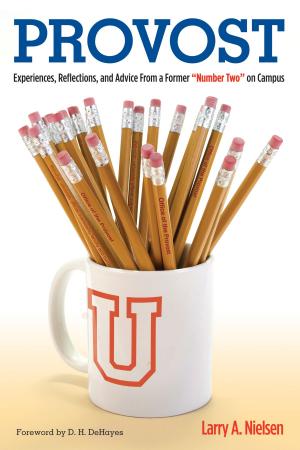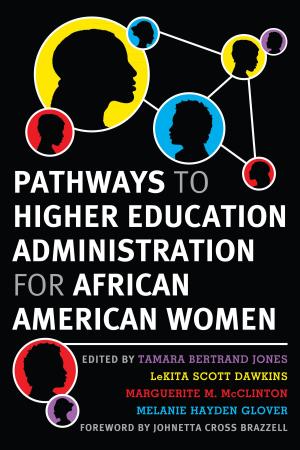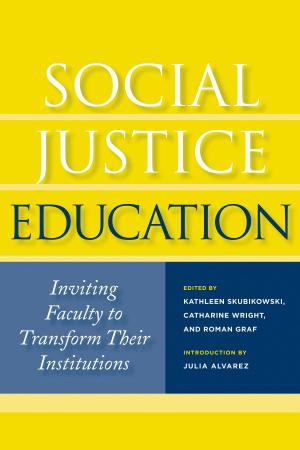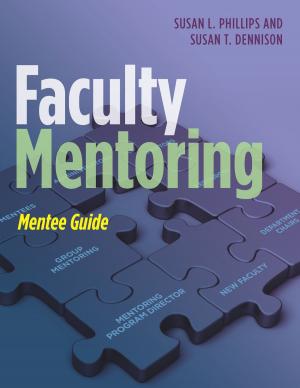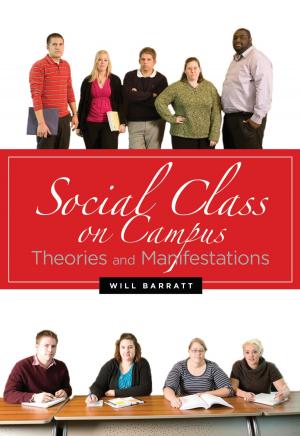Beyond the Asterisk
Understanding Native Students in Higher Education
Nonfiction, Reference & Language, Education & Teaching, Higher Education| Author: | ISBN: | 9781579226268 | |
| Publisher: | Stylus Publishing | Publication: | October 1, 2013 |
| Imprint: | Stylus Publishing | Language: | English |
| Author: | |
| ISBN: | 9781579226268 |
| Publisher: | Stylus Publishing |
| Publication: | October 1, 2013 |
| Imprint: | Stylus Publishing |
| Language: | English |
“Within this important and long overdue addition to the literature, higher education faculty and administrators have important new resources for helping shift the landscape of Native American college student experiences toward success. The importance of this particular new text cannot be understated. It has been conceived, written, and edited by Native American higher education leaders and those who have made Native students a priority in their practice. My hope is that this book becomes a catalyst for new higher education practices that lead to direct, and increased support for, Native Americans and others who are vigorously working to remove the Native American asterisk from research and practice. This text also signals a renewed call-to-action for increasing the representation of Native students, faculty, and staff on our campuses”?John Garland
Native Americans are often excluded from data reporting and research on college students, relegated to an asterisk denoting the population as statistically insignificant. This book provides the higher education community with a solid foundation for responding to the needs not only of these students, but also renders visible all Native Americans on campus, including faculty, and staff.
While predominantly addressed to the student affairs profession – providing an understanding of the needs of the Native students it serves, describing the multi-faceted and unique issues, characteristics and experiences of this population, and sharing proven approaches to developing appropriate services – it also covers issues of broader administrative concern, such as collaboration with tribal colleges; as well academic issues, such as graduate and professional education.
Native Americans are often excluded from data reporting and research on college students, relegated to an asterisk denoting the population as statistically insignificant. This book provides the higher education community with a solid foundation for responding to the needs not only of these students, but also renders visible all Native Americans on campus, including faculty, and staff.
While predominantly addressed to the student affairs profession – providing an understanding of the needs of the Native students it serves, describing the multi-faceted and unique issues, characteristics and experiences of this population, and sharing proven approaches to developing appropriate services – it also covers issues of broader administrative concern, such as collaboration with tribal colleges; as well academic issues, such as graduate and professional education.
“Within this important and long overdue addition to the literature, higher education faculty and administrators have important new resources for helping shift the landscape of Native American college student experiences toward success. The importance of this particular new text cannot be understated. It has been conceived, written, and edited by Native American higher education leaders and those who have made Native students a priority in their practice. My hope is that this book becomes a catalyst for new higher education practices that lead to direct, and increased support for, Native Americans and others who are vigorously working to remove the Native American asterisk from research and practice. This text also signals a renewed call-to-action for increasing the representation of Native students, faculty, and staff on our campuses”?John Garland
Native Americans are often excluded from data reporting and research on college students, relegated to an asterisk denoting the population as statistically insignificant. This book provides the higher education community with a solid foundation for responding to the needs not only of these students, but also renders visible all Native Americans on campus, including faculty, and staff.
While predominantly addressed to the student affairs profession – providing an understanding of the needs of the Native students it serves, describing the multi-faceted and unique issues, characteristics and experiences of this population, and sharing proven approaches to developing appropriate services – it also covers issues of broader administrative concern, such as collaboration with tribal colleges; as well academic issues, such as graduate and professional education.
Native Americans are often excluded from data reporting and research on college students, relegated to an asterisk denoting the population as statistically insignificant. This book provides the higher education community with a solid foundation for responding to the needs not only of these students, but also renders visible all Native Americans on campus, including faculty, and staff.
While predominantly addressed to the student affairs profession – providing an understanding of the needs of the Native students it serves, describing the multi-faceted and unique issues, characteristics and experiences of this population, and sharing proven approaches to developing appropriate services – it also covers issues of broader administrative concern, such as collaboration with tribal colleges; as well academic issues, such as graduate and professional education.
